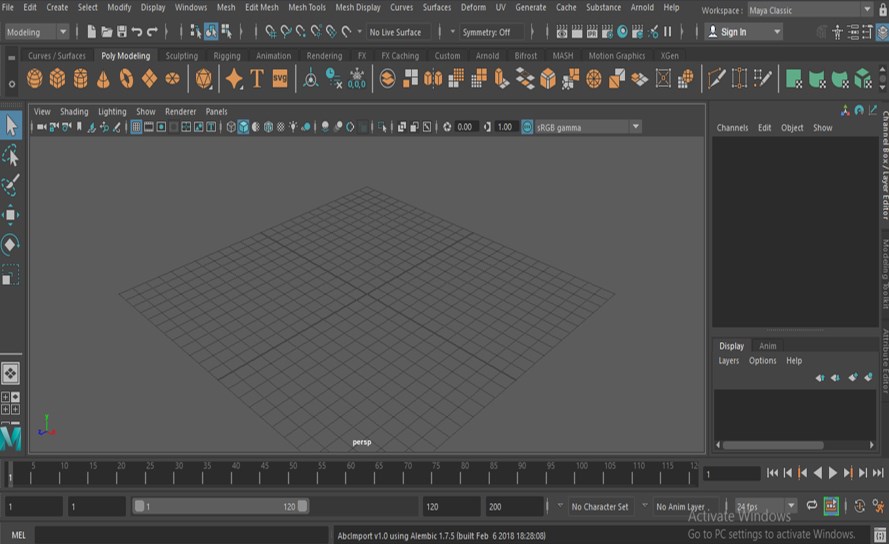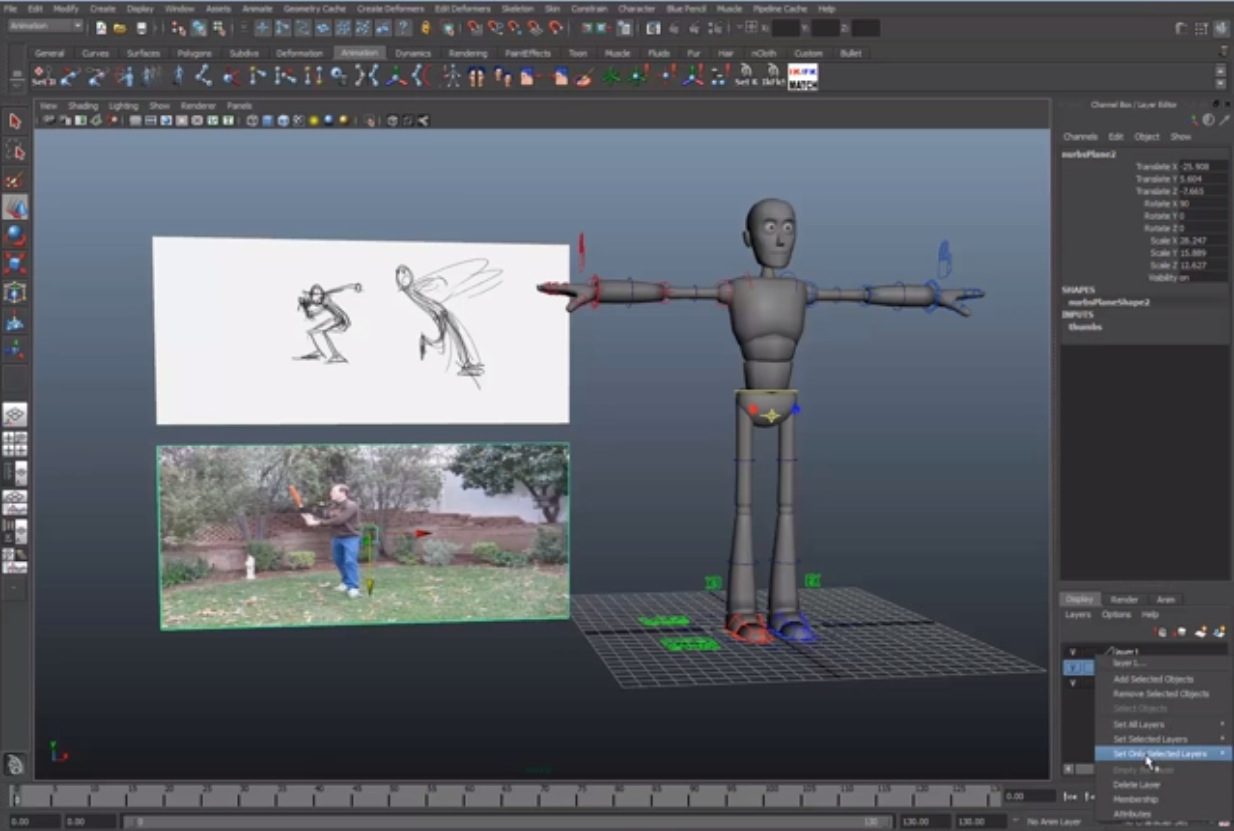
This are the different situations we will go to analyze: Let’s now see the different situations where you’ll need to constraint some objects When you apply the constraint you will see that the axes constrained turned blue in the channel box, this means that you can’t animate this values In the example we have the translation and rotation axes cause it’s a parent constraintīy default you have ALL the axes turned ON but you can turn off the ones you don’t need! In most of the cases you will need to turn it ON, so… always check this option before apply the constraint!Īnother thing you can check are the Constraint Axes: here you can choose which axis you want to constrain When you open the constraint Option Panel you have the first box “Maintain Offset” that means that if you turn it ON: the object will be constrained maintaining his starting position, if you turn it OFF: when you will apply the constraint, the object will jumps on the target object pivot Vice versa: if you use the ORIENT constraint you can translate it but the rotation is constrained to the lead objectĪnd when you use the PARENT constraint both the axis (translation and rotation) are constrained and follow the lead object movements So if you constrain an object with the POINT constraint you will constrain the translation axis that will follow the lead object but you can rotate it independently The more used are POINT / ORIENT and PARENTĪs I said before the difference between this constraints are the axes involved:

You find some different types of constraints: POINT – AIM – ORIENT – SCALE – PARENT

The type of constraint depends on the axes you need to constrain to the lead object: translation, rotation or scale It’s basically a relationship between two ore more objects, one is the TARGET Object, the one that leads the movement or the position, and the other is the CONSTRAINED object, that is influenced by the target, so it doesn’t moves independently but it’s driven by the target object There’s a lot of different ways to constrain an object to an other and I’ll show you some of the more common situations using the maya constraint I want to show you how to create a parent constraint and how to plan the method to use based on the type of action you have


 0 kommentar(er)
0 kommentar(er)
